The dream of exploring multiple tropical islands in a single vacation presents travelers with a fundamental choice: book a cruise ship package or create an independent island-hopping adventure. Both options deliver azure waters, scenic coastlines, and lifelong memories, but they present essentially different experiences.
Your preference for organization over flexibility, ease over authenticity, and socialization over solitude will play a large role in determining which travel style better suits you. Following is a list of 20 differences between island hopping and cruise ships that may sway your choice for your next multi-destination vacation.
Scheduling Flexibility

Cruise ships operate on meticulously planned itineraries—every port arrival and departure, plus every activity, is on a fixed schedule with minimal opportunity for variance. Island hopping enables you to stay longer in places you love or leave early from disappointments, adjusting your trip as you move along and discovering what best fits your personal travel pace.
This fundamental difference affects everything from how relaxed you’ll be to how intensely you’ll be able to experience each place.
Local Economic Impact

Large cruise ships typically remit a high percentage of passenger spending back to their foreign head offices – frequently leaving port communities with minimal economic benefit in spite of hosting thousands of tourists. Island hoppers who travel independently are more likely to disseminate their spending among local restaurants, hotels, and tour guides, creating direct economic impacts in the places they visit.
This economic distinction makes an increasing amount of difference for tourists who are concerned about the ethics and sustainability of their vacation choices.
Like Travel Pug’s content? Follow us on MSN.
Cultural Immersion

Cruise ships carry bubbles of familiar culture that surround travelers wherever they travel, with standardized amenities based on North American or European tastes instead of indigenous customs. Island hopping compels interaction with local transport networks, accommodation types, and culinary traditions – sometimes tricky but ultimately providing richer cultural experiences.
The contrast is akin to viewing a documentary compared to being inserted into the narrative yourself.
Food Authenticity

Cruise ship dining is more about variety than local authenticity – offering everything from Italian pasta to Caribbean or Mediterranean burgers. Island hoppers tend to eat where the locals eat, with local specialties being dished up unadapted to foreign palates – though this sometimes means braving unfamiliar ingredients or cooking styles.
What you experience gastronomically depends greatly upon the style you enjoy.
Cost Predictability

Cruises excel at financial predictability – one payment typically covers accommodations, travel between islands, meals, and entertainment – while additional fees for premium dining, shore excursions, and gratuities can mount. Island hopping entails multiple separate transactions for ferry tickets, accommodations, meals, and activities – with the possibility of saving money by selecting lower-cost alternatives but with more frequent financial decisions.
This distinction particularly matters to those travelers who prioritize either budget certainty or maximal control over expenditures.
Like Travel Pug’s content? Follow us on MSN.
Environmental Footprint

Big cruise ships—despite improved technology—impose substantial environmental impacts through fuel consumption, waste management challenges, and underwater noise pollution on marine ecosystems. Independent island-hopping tends to use local transportation infrastructure already established, and several flights between islands can generate a lot of carbon emissions, depending on your itinerary.
Environmental considerations weigh more in vacation planning for sustainability-minded travelers, balancing these disparate impact profiles.
Social Dynamics
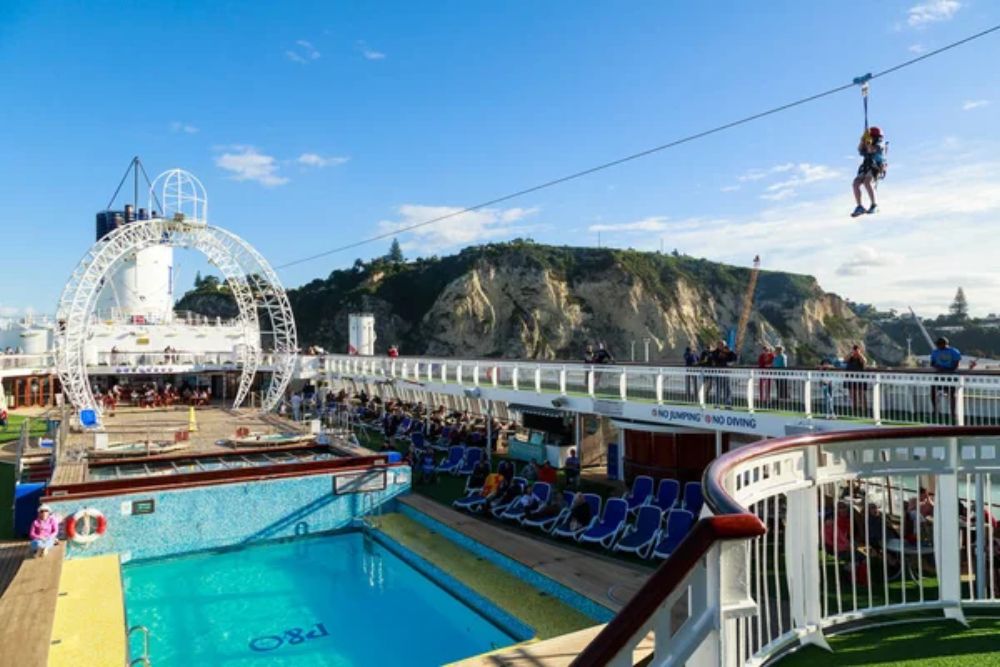
Cruise ships automatically build communities of opportunities for social contact—in activities and at a variety of onboard facilities—where one meets other travelers sharing similar tastes and interests. Island-hopping involves more discerning social interactions: conversations with the locals, other travelers staying at the guesthouse, or having time to yourself when desired.
There is no constant social pressure that accompanies a cruise, and this significantly alters the emotional content of your vacation.
Baggage Needs
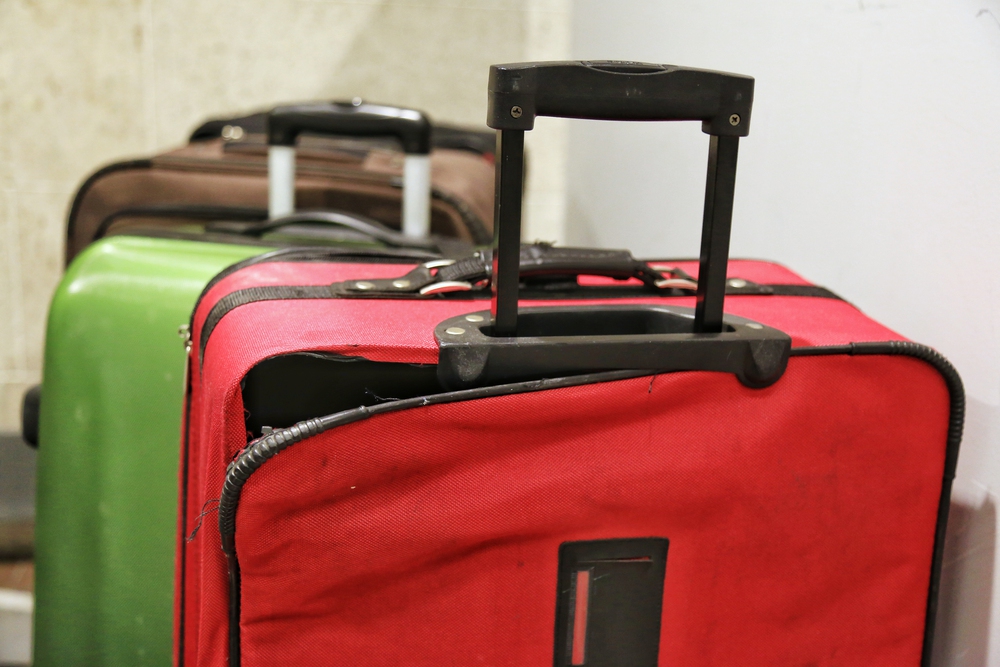
Cruise vacations simplify packing logistics – your room travels with you, eliminating the need to pack and unpack or transport luggage between locations repeatedly. Island hopping means carrying your belongings between multiple accommodations – requiring strategic packing, comfortable carrying solutions, and acceptance that forgetting items means finding replacements locally.
Your tolerance for logistics management versus convenience may determine which approach better suits your travel style.
Like Travel Pug’s content? Follow us on MSN.
Entertainment Options
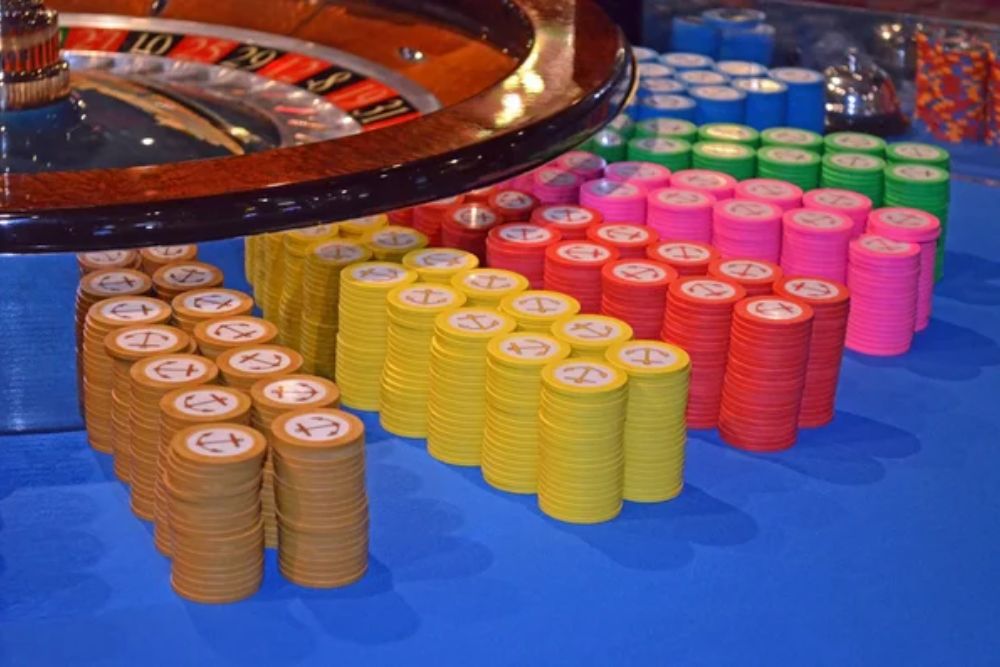
Cruise ships are floating entertainment complexes that offer shows, casinos, pools, and activities planned day and night for travelers of all ages. Island hopping typically relies on each stop’s natural attractions and local entertainment – perhaps live music at beach bars, cultural events, or simply beautiful sunsets with no programmed events.
The contrast illustrates different philosophies of what is desirable vacation entertainment.
Weather Adaptability

Cruise itineraries have limited flexibility to deal with bad weather – ships generally maintain schedules for rain or high seas notwithstanding, occasionally forgoing port calls entirely when the weather does not allow tendering. Island hoppers are more agile – staying longer in areas during better weather or changing plans when the storms roll in, rescheduling their itinerary to pursue better conditions.
Flexibility with respect to weather is particularly crucial in locations where rainy seasons are set or hurricanes are possible.
Health Considerations
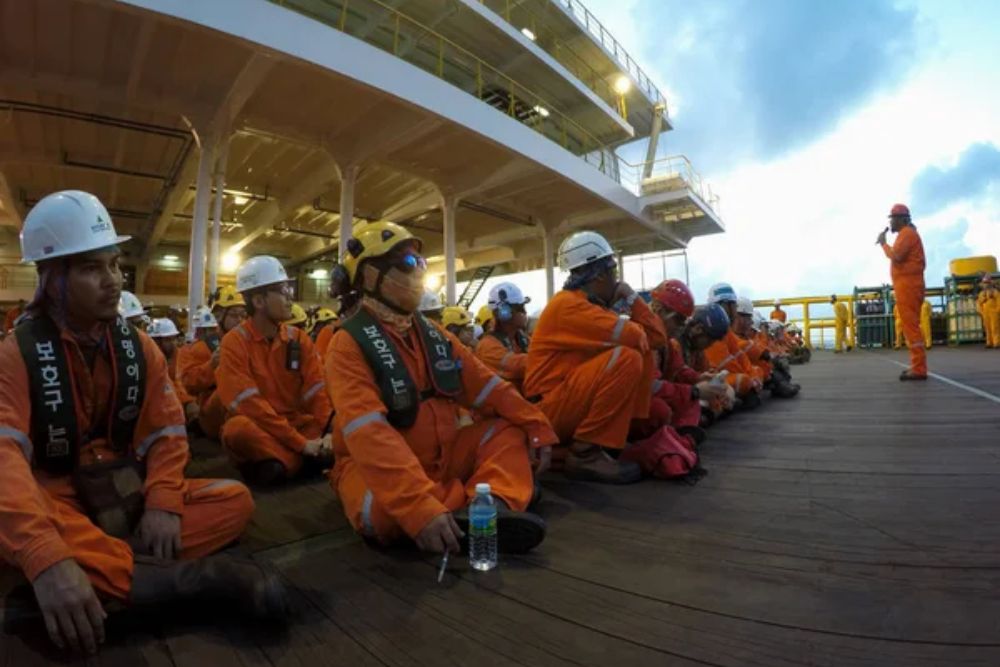
Ships pack thousands of travelers into communal areas with centralized ventilation systems, sometimes leading to norovirus outbreaks or other health issues despite strict sanitation measures. Island hopping usually entails smaller lodging establishments with less communal space, perhaps limiting exposure to contagious conditions, but the availability of quality medical attention swings wildly from port to port.
Health-aware tourists consider these varying risk profiles when deciding on a travel method.
Like Travel Pug’s content? Follow us on MSN.
Swimming Opportunities
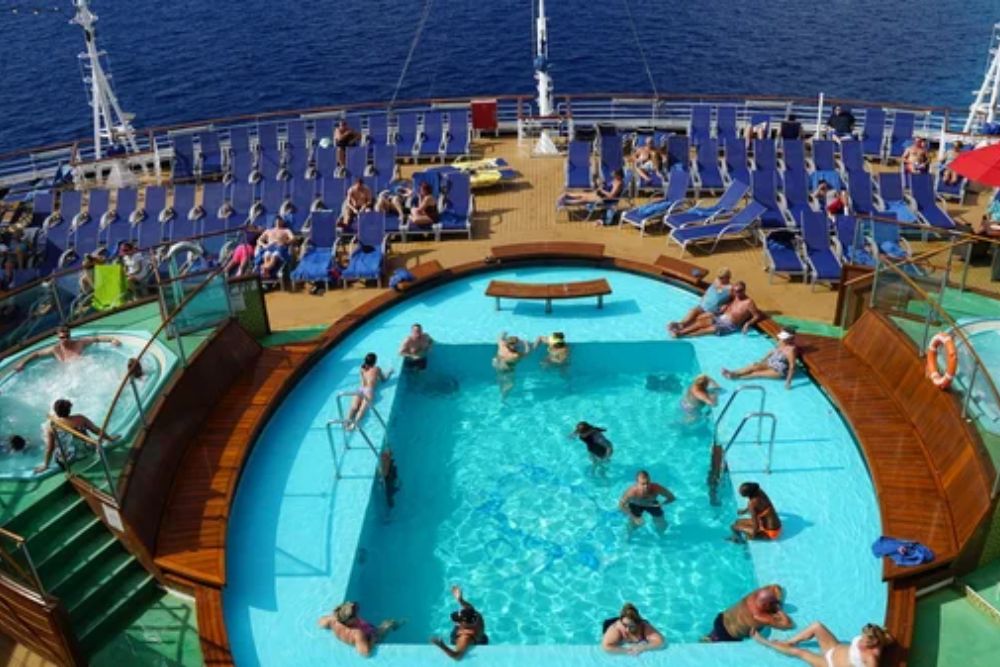
They feature swimming pools and hot tubs, but ocean swimming is usually confined to brief periods during land tours to shores accessed by organized bus rides. Hoppers will generally opt for lodgings offering direct ocean exposure—beachfront hotels or cottages where regular early morning and/or late afternoon dips are simply routine rather than an excursion activity.
Visitors desiring plenty of ocean time, however, are sharply influenced in satisfaction by the experience.
Photography Experiences

Cruise ship photography tends to lapse into predictable patterns—departure photos of the ship, formal posed portraits, and rushed snapshots at tourist spots during brief port visits. Island hopping can potentially lead to more distinctive photos—shots of sunrise at deserted beaches, encounters with locals, or scenery shot during the golden light hours after the day-tripper hordes have departed.
The resulting vacation memories differ accordingly in visual distinctiveness.
Sleep Environment
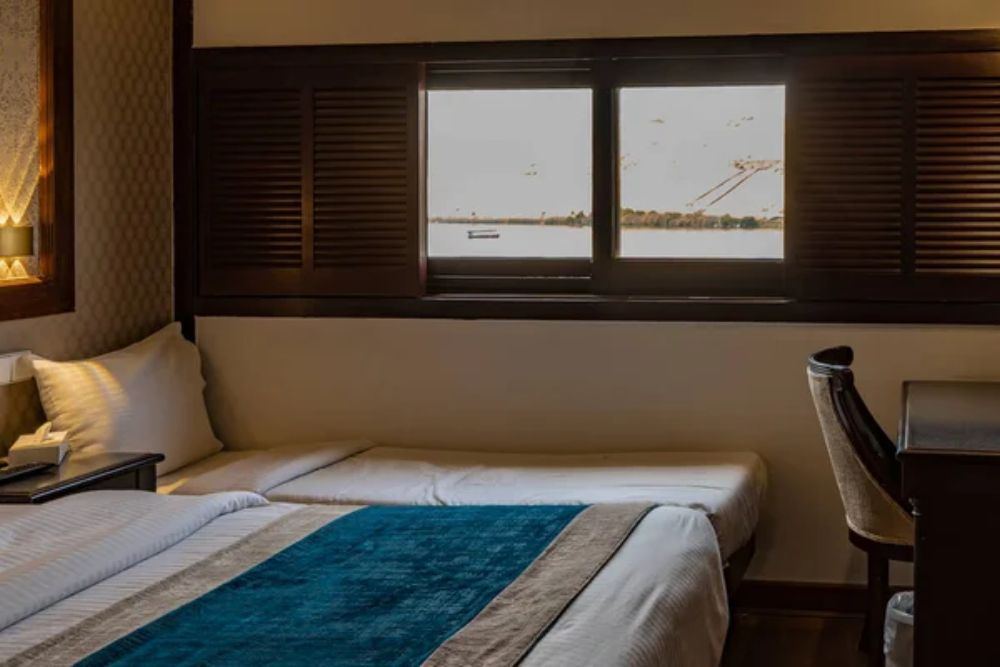
Cruise cabin sleeping conditions are the same each night with standard bedding, temperature control, and familiar surroundings – although engine vibration, anchor, or adjacent cabin noise may intrude on sensitivity. Island hopping requires adjustment to new beds, pillows, and ambient conditions each time you move – sometimes with unanticipated noise from local festivities or early morning activities.
The quality of sleep has a big impact on most visitors’ overall vacation satisfaction.
Like Travel Pug’s content? Follow us on MSN.
Variety in Transportation
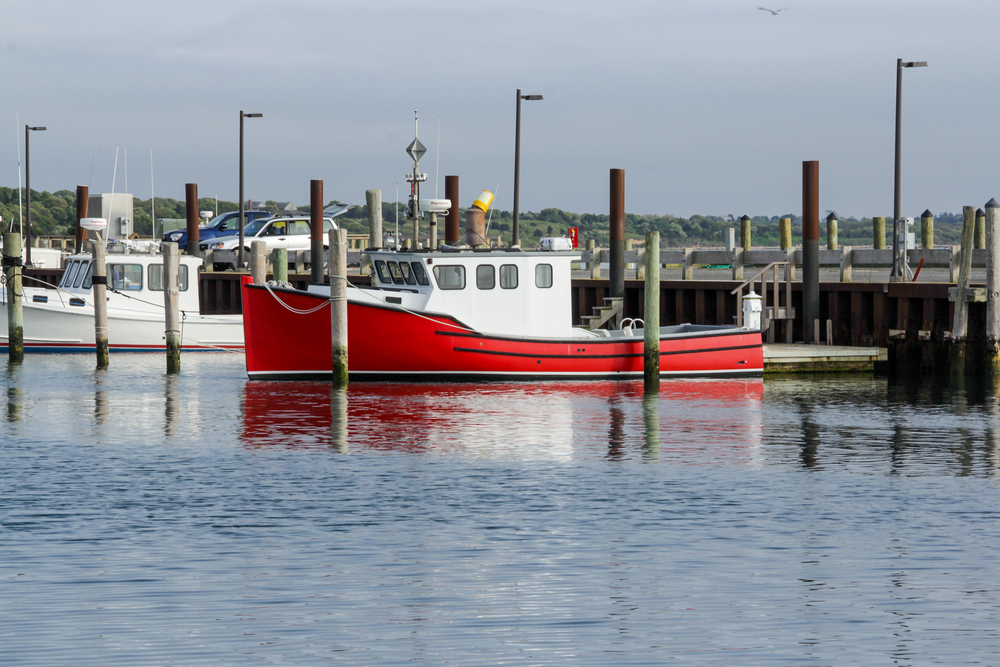
Cruise passengers experience one primary method of transportation – the vessel itself – with bus transfers at some port stops to reach attractions. Island hoppers, in contrast, tend to navigate multiple transportation systems such as ferries, island buses, rental scooters, water taxis, and even small aircraft – a tapestry of motion experience that becomes an element of the experience in itself.
Transportation variety is especially appealing to those visitors who enjoy the journey aspect of travel.
Authentic Shopping

Duty-free shops and souvenir stops are abundant at the cruise ports. These shops are specifically tailored to ship passengers and often carry imported items instead of local production. Island hopping allows for authentic local markets, craft workshops, and local stores where locals do their shopping—although more work is required to find quality and fair pricing.
The contrast in shopping styles mirrors contrasting attitudes towards material souvenirs and giving back to the local economies.
Disconnection Potential

Cruise ships also offer comprehensive digital connectivity, including satellite internet packages and cellular service that maintains tourists’ connection to work and home responsibilities throughout the vacation. Island hopping still makes it possible to seek out destinations with minimal connectivity, such as isolated beaches or small islands where digital detox happens naturally rather than by deliberate design.
This contrast is of immense value in an era when true disconnection has become increasingly rare and precious.
Like Travel Pug’s content? Follow us on MSN.
Safety Perceptions
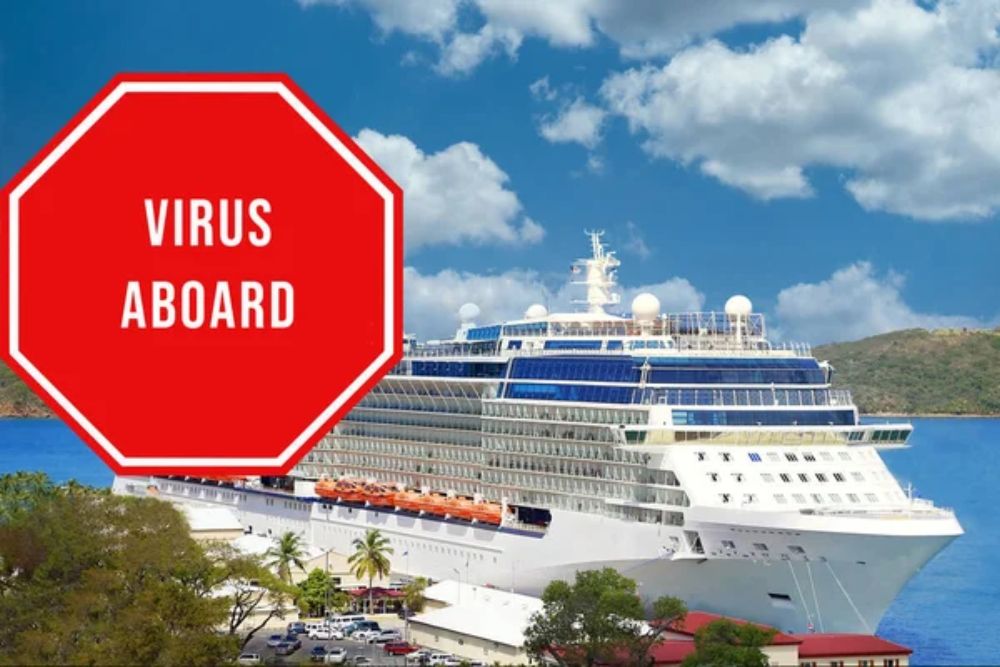
Cruise ships offer managed environments with security staff, medical amenities, and formalized safety procedures that ensure consistent security irrespective of destination areas. Island hopping involves investigating differing safety conditions among different destinations, making knowledgeable choices regarding transportation methods, and building awareness of local situations.
This difference mainly affects travel plans for solo visitors, families with kids, or those traveling to areas with notable safety differences among islands.
Activity Authenticity
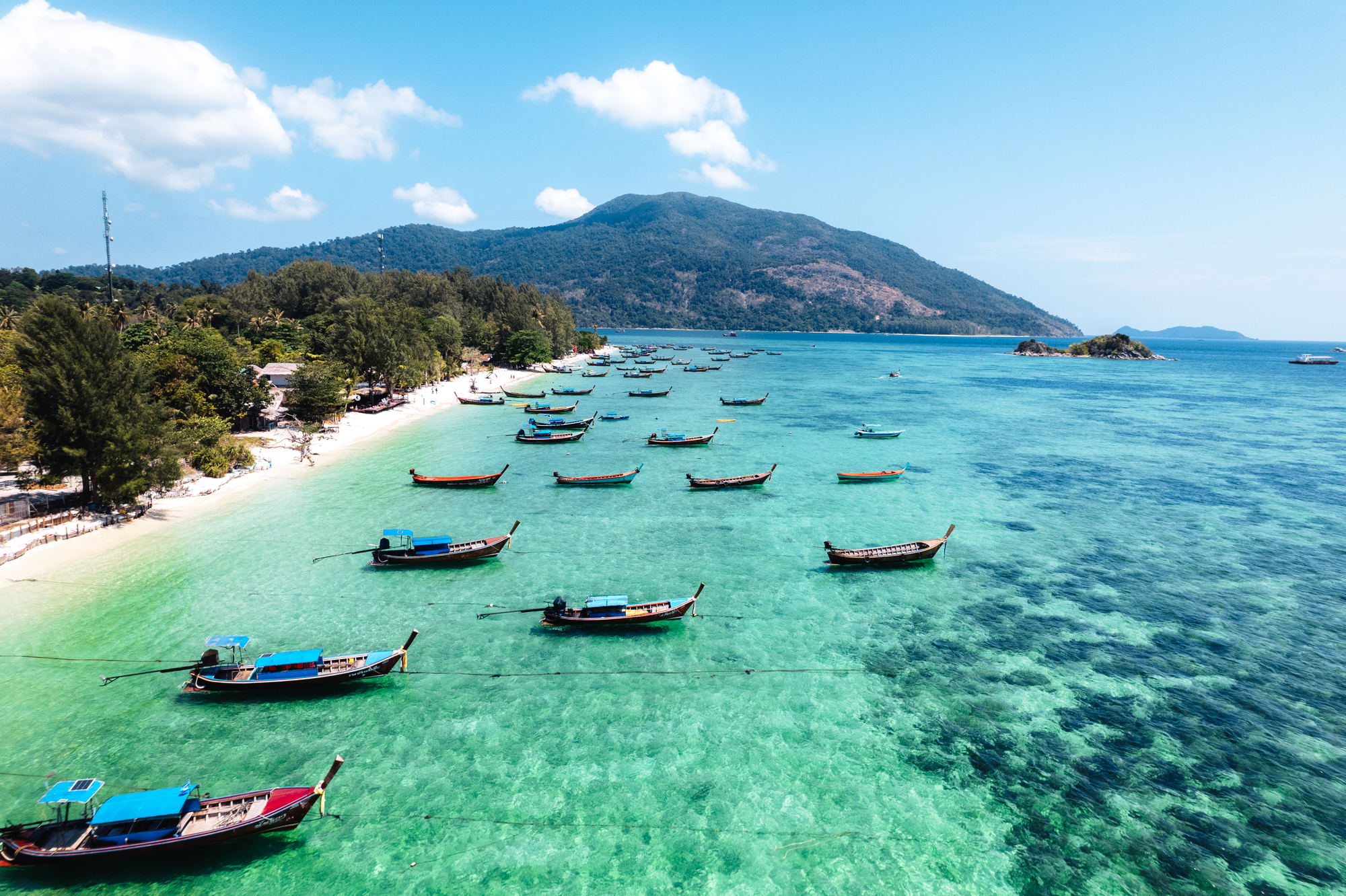
Tourists see sanitized forms of local experience: managed contacts constructed for efficiency and accessibility rather than authenticity. Island independent tourists are free to engage in experiences that locals participate in, such as a community festival that hasn’t been organized for tourists, trail hiking without rope lines, or going to beaches without structures.
The experiences are different with regard to how authentic they appear and how placed they feel in space.
Experience Over Time

Cruise ships operate on ‘tourist time’ that anthropologists would quickly describe: a tightly controlled time within which events start and finish at the precise time on the schedule, crafting a vacation that occurs with clockwork efficiency. Island-hopping is all about ‘island time,’ or the more fluid temporal experience of tropical places where itineraries unfold as and when they do and where activities take time at their own pace.
It’s this simple, elementary distinction that informs the whole emotional tone of your holiday.
Like Travel Pug’s content? Follow us on MSN.
The Vacation Philosophy
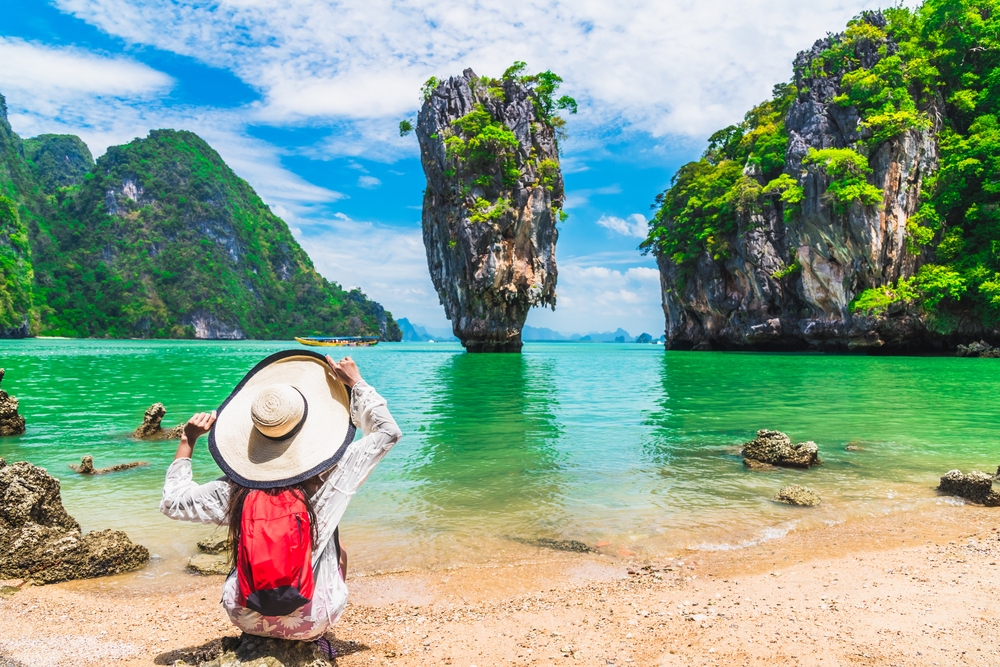
The island hopping vs. cruise ship choice really is about fundamental questions of what we want out of travel experiences. Cruise holidays are great at providing consistency, ease, and all-inclusive amenities – optimizing enjoyment and reducing uncertainty or discomfort. Island hopping is all about embracing chance, exploration, and cultural engagement – tolerating occasional drawbacks as the cost of more genuine experiences.
Neither is superior in an objective sense; instead, they are geared toward different vacation philosophies and individual tastes. The best travelers truthfully judge themselves on comfort with ambiguity, desires for cultural immersion, and need for familiar comforts–then make decisions based on that basis.
Perhaps the wisest approach is to use both styles at different points in life and experience each for what it can bring to the maturing traveler.
More from Travel Pug

- Cities Growing so Fast You Won’t Recognize Them in 10 Years
- 13 Destinations Where Tourists Regularly Regret Their Trip
- 20 Obscure WWII Sites Even History Buffs Don’t Know About
- 10 Under-the-Radar Mountain Towns That Are Both Affordable and Beautiful
- 20 Abandoned Places That Feel Like Real-Life Post-Apocalyptic Movie Sets
Like Travel Pug’s content? Follow us on MSN.
